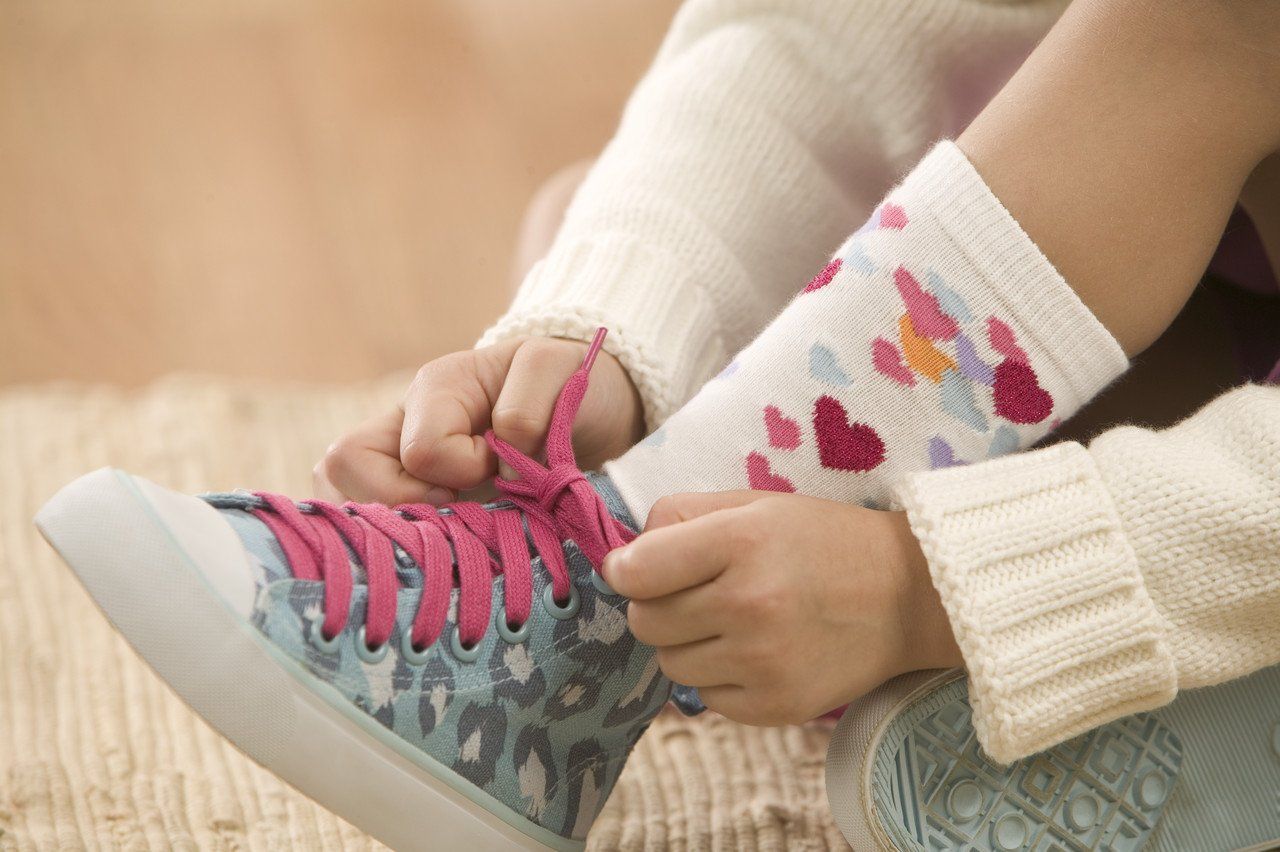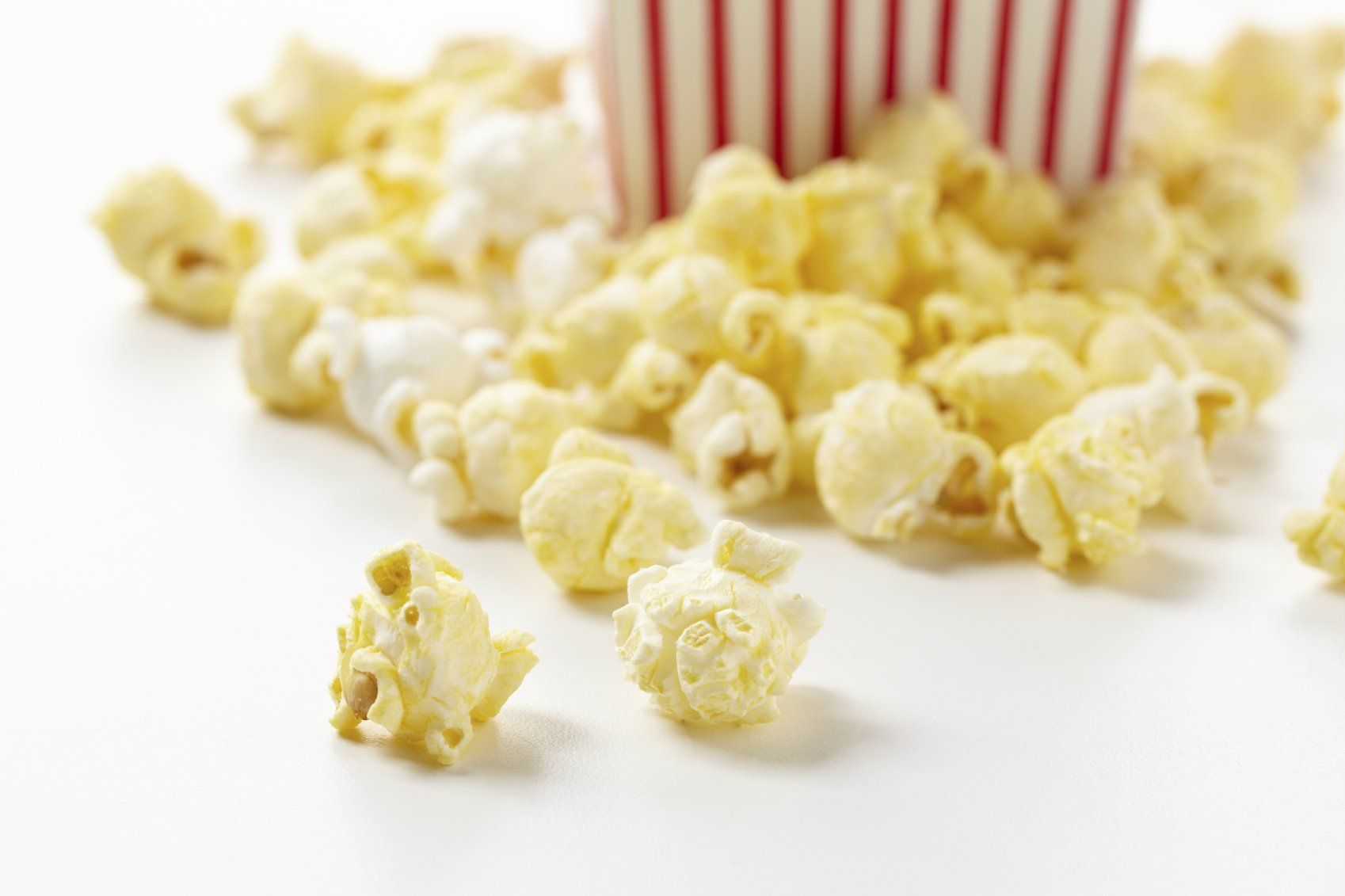Self-Care Skills For Kids
October 8, 2025
Helping Your Child Grow Independence:
Self-Care Skills for Everyday Success

At Pediatric Movement Center, we believe that movement isn’t just about gross motor development—it’s intertwined with confidence, self-esteem, and real-life functional skills. That’s why helping children gain independence in self-care tasks (dressing, grooming, feeding, toileting) is such an essential piece of the puzzle. Empowering your child to participate in self-care doesn’t just free up time for caregivers. It helps children build motor planning, coordination, problem solving, and a sense of accomplishment.
Why Self-Care Skills Matter
1. Motor & cognitive integration
Tasks like buttoning, tying shoelaces, brushing hair, and managing zippers demand fine motor control, bilateral coordination, sequencing, and problem solving.
2. Boosting confidence and motivation
When children are capable of doing things for themselves (even partially), they feel more competent and proud.
3. Reducing caregiver burden
As your child becomes more independent, your role gradually shifts toward coaching rather than doing.
4. Supporting transition to school / life
Teachers, peers, and daily routines expect kids to manage many of their own care tasks. Early development of these skills smooths transitions.
Common Challenges You May See
By recognizing common challenges, you are better prepared to break down tasks and scaffold progress more effectively.
1. Dressing (buttons, zippers, socks)
Weak finger dexterity, poor grip strength, sequencing difficulties Frustration, avoidance, slow performance
2. Grooming (hair brushing, face washing)
Sensory sensitivity, poor bilateral coordination Child resists touching face, hair, water on face
3. Feeding / Utensil use
Hand dominance not established, weak wrist stability Spilling, awkward grasp, switching hands
4. Toileting / Hygiene
Motor planning, reach, coordination Difficulty wiping, managing clothing, following steps independently
Tips & Strategies to Support Self-Care Growth
Here are some practical strategies and tips to help your child grow their self-care skills with joy and confidence.
1. Break Tasks Into Smaller Steps
For example, rather than asking your child to “get dressed,” break that down:
- Pull pants up > Hold waistband > Insert one foot > Insert the other foot > Pull up > Zip / snap / button
- Tip! Label each step with visuals or checkboxes so your child can see the progression.
2. Use Adaptive Tools & Clothing
Modifications let your child practice success while their skills build!
- Choose clothes with large, easy-to-grasp fasteners (e.g. big buttons, magnetic snaps, Velcro).
- Use looped zipper pulls or zipper tabs to simplify grip.
- Utensils with thicker grips or angled handles can ease feeding.
3. Practice in Playful, Low-Pressure Ways
- Turn grooming into a “spa day” — let your child brush a doll’s hair first, then their own.
- Sing a song while they dress themselves, doing each step in time.
- Use a mirror so they can see what they are doing and become more aware of hand movements.
4. Encourage Bilateral Coordination & Strength
- Games and activities that involve both hands—stringing beads, cutting construction paper, playdough work—help build the coordination needed for self-care.
5. Use Visual Schedules & Reminders
- A picture-based routine board (e.g. “wash face → brush teeth → comb hair → get dressed → go to school”) offers structure and helps children internalize the sequence. Having the steps visible reduces reliance on verbal prompts.
6. Encourage Autonomy (While Supporting)
- Let your child try, with you ready to assist only when needed.
- Use open choices (e.g. “Do you want to put on your socks first or shoes first?”) to promote decision-making.
- Praise attempts, not just successes: “I saw how you tried to button that shirt — great persistence!”
7. Be Patient & Repeat Often
Mastering self-care takes time and repetition. Try to incorporate these tasks multiple times a day. Over months, small progress accumulates into real independence.
8. Address Sensory or Motor Barriers
If a child resists face washing, brushing teeth, or hair care, sensory sensitivities may be involved. Gentle exposure, gradual desensitization, and input from occupational therapy can ease the process.
When to Seek Support from a Therapist
If you notice consistent challenges with a task despite practice, our therapy team is ready to evaluate fine motor, coordination, sensory processing, or motor planning components. You might want to consider occupational therapy support if:
- Your child is older than peers for their age and still not handling basic self-care tasks
- They become frustrated, shut down, or avoid attempting these tasks
- You suspect underlying issues like poor fine motor control, motor planning difficulties (dyspraxia), or sensory sensitivities
- The gap between what the child can do and what’s expected in school life is widening
Therapists can perform assessments, design individualized strategies, and coach you (the parent/caregiver) on how to guide progress at home. At Pediatric Movement Center, we’re honored to partner with families on this journey. If you’d like help assessing which areas to focus on, designing a routine, or troubleshooting stalls in progress, reach out. We’d love to support your child’s growth and celebrate every milestone with you
Helping your child with self-care skills is not just about independence—it fosters motor development, confidence, and daily life readiness. With patience, scaffolding, and playful opportunities, you’ll watch them grow step by step into more self-reliance.

No-plate dinners mean no dishes and no pressure—everyone builds their own meal. The only challenge? Be ready for a little mess and some planning. To encourage selective eaters to try new foods, it is important to create exposure opportunities in a no pressure environment. No plate dinners and/or grazing tables provide

We know that transitioning back to school can bring excitement, challenges, and lots of questions—so we’ve created a comprehensive Fall 2025 campaign to help support your child every step of the way. From therapy tips and healthy lunch ideas to movement routines and fun events, our team is ready to help children of all

This summer, have fun in the sun and stay safe in the water! Here are a few tips for caregivers and parents to keep kids safe this summer. Quick Facts: Drowning is the number one cause of injury death in children ages 1-4. Nearly 70% of drownings among children under four occur during non-swim times. Bathtubs are the most common location of drownings inside the home, and more than half of bathtub deaths involve children less than one year old. Drowning is almost always silent, and it only takes seconds.

Getting a selective eater to try new foods is a process. Keep in mind that the goal is to provide your child with the opportunity to be exposed to new foods. Continue to introduce them to unfamiliar foods, have them see that you eat and enjoy them, all the while making sure they have safe foods that they know they can count on. Giving your child permission helps to reduce anxiety around new foods. Inviting your child to be around and try new foods is a very different experience than forcing them to try new foods.

With summer here, your kiddos are likely on a constant hunt for snacks. To help them develop healthy eating habits, try spacing meals and snacks about two hours apart. This gives their little tummies time to feel hungry, enjoy a snack, and recognize when they’re full. When kids “graze” throughout the day—eating small amounts here and there—their bodies have a harder time learning to recognize hunger and fullness cues. Grazing can also lead to more frequent choices of less nutritious, grab-and-go snacks. Let's Support Healthier Habits To support healthier habits, pre-plan snack options and post a visual snack “menu” on the fridge. This gives kids structure, helps them feel independent, and encourages better choices. And why not make snack time fun and educational? Try simple food crafts together—it’s a great way to bond with your child(ren), have fun in the kitchen, and explore possible new foods at the same time! UNDER THE SEA: Shark Snack Cups from Mommy's Fabulous Finds Festive treat made with yogurt, jello, cool whip, graham crackers and optional gummy shark Shark Week Bait from Alex Daynes A lighter treat that includes popcorn, white chocolate chips, f ood coloring/sprinkles, Sixlet Candies, gummy sharks, and pretzel goldfish Candy Sushi from Happy Family Recipes Themed snack made with Rice Krispie Treats (butter, marshmallows, vanilla, Rice Krispie Cereal) Fruit Roll-Ups, large Swedish fish, mini Swedish Fish BEACH + ANIMAL THEMES: Beach Bear Dirt Cups from Made To Be A Momma Celebrate summer with pool inspired lounging! Ingredients include: Teddy Grahams, white chocolate pudding, milk, cool whip, graham crackers, gummy life savers Curious George Snack from Mess for Less (tip, Read a Curious George book to go along with this one!) Enjoy a book and a snack with this Curious George inspired snack! Ingredients include: Nutella, s liced bananas, b lueberries, r ice cakes Animal Tracks Snacks from Loreen Leedy Great snack for the outdoorsy kid who enjoys animals! You can use a variety of ingredients including: cheese, crackers, pretzels, cream cheese, almonds and pepperoni FOR THE NATURE LOVER: Nature Snacks : Edible Crafts for Kids - Parties With A Cause A large variety of snacks for nature lover of all kinds including all sorts of flora and fauna options! POPSICLES: Fresh Fruit Popsicles from One Little Project How to Make Fruit Popsicles with Real, Fresh Fruit Strawberry Breakfast Popsicles from Fraiche Living We can imagine all sorts of variations of this recipe! Start with the following simple ingredients: yogurt, fresh strawberries, milk (or your choice) lemon juice and granola Frozen Yogurt Banana Pops from Kalejunkie Such a simple, yet festive recipe that uses ingredients commonly found in the kitchen such as bananas, yogurt and sprinkes! FOOD IMPOSTERS: Pancake Donuts from Balanced with Babies Made with just two ingredients: pancake mix and milk! You will need a fun donut shaped mold for this recipe Breakfast Banana Split - Art From My Table Ingredients include: banana, yogurt, blackberries, raspberries, granola, mini chocolate chips Fruit Cracker Pizzas from Sunshine & Hurricanes Crackers + cream cheese + fruit! Watermelon Rice Krispy Treats from My Heavenly Recipes Festive treat to be shared! Made with butter, marshmallows, R ice Krispies, food coloring and chocolate chips




